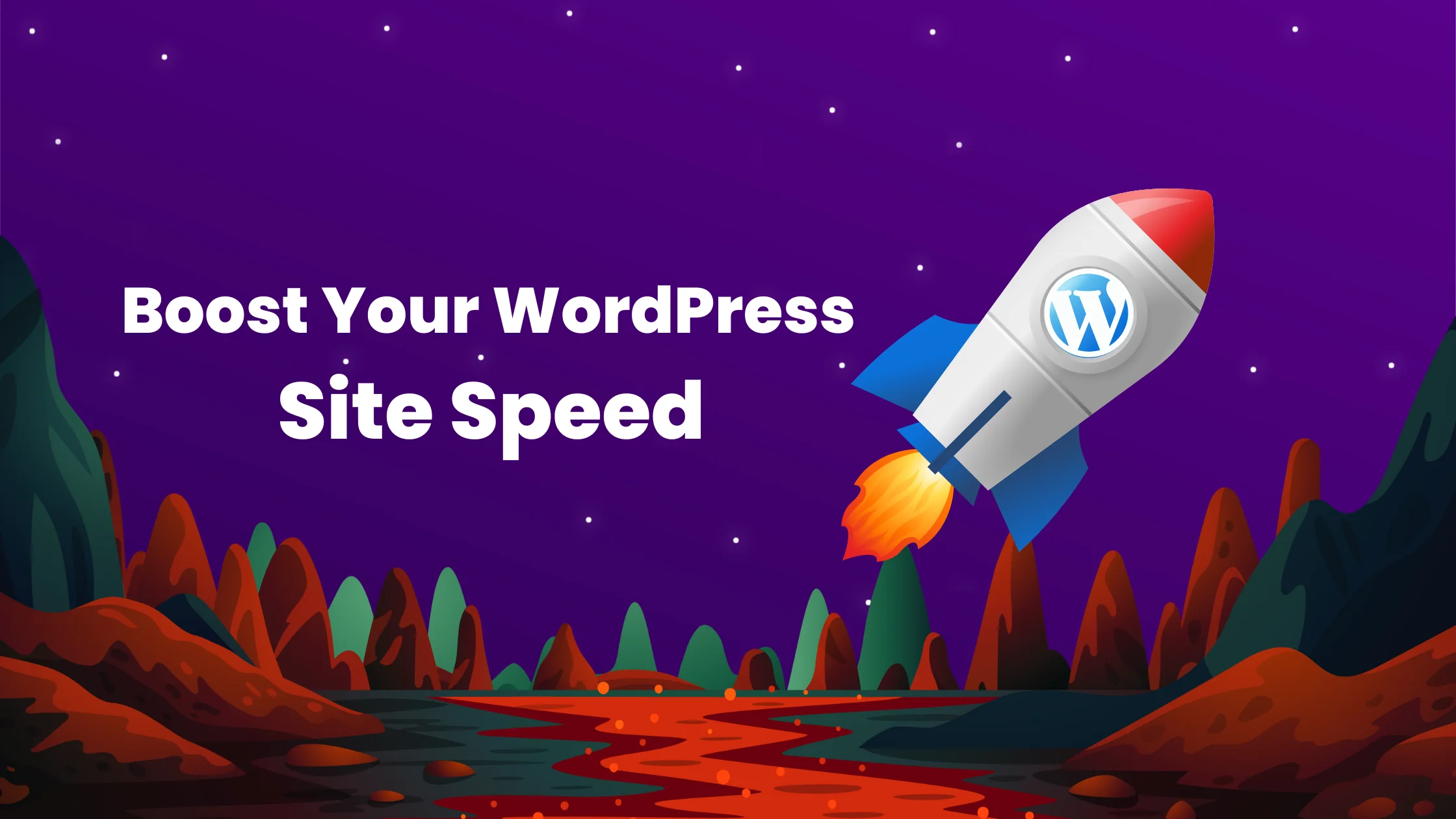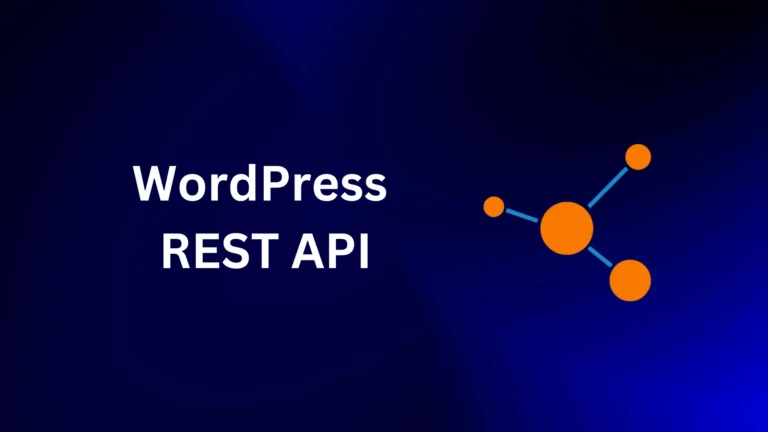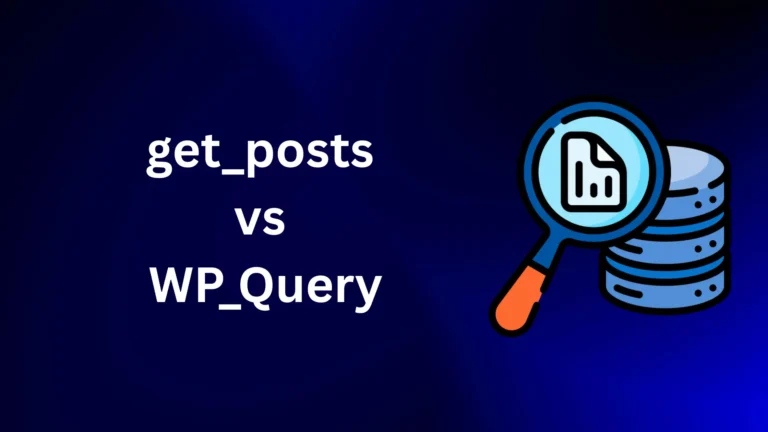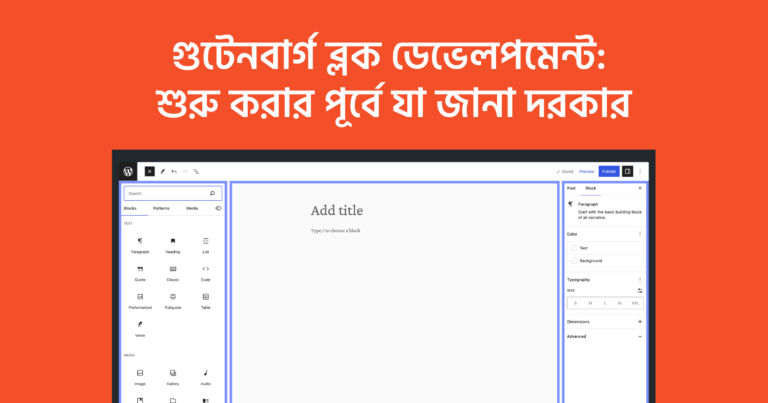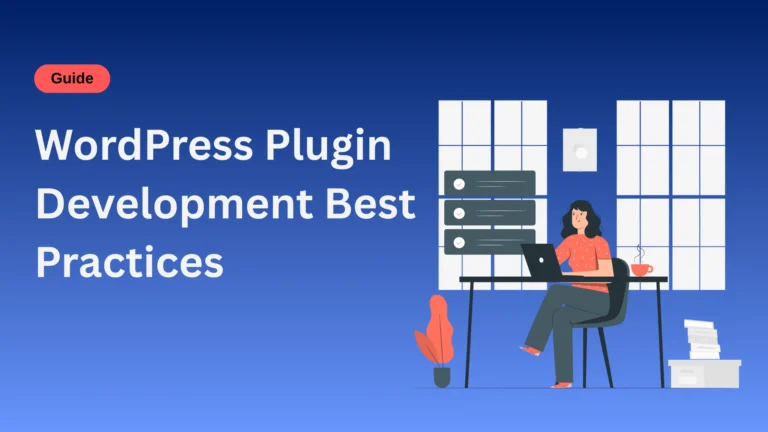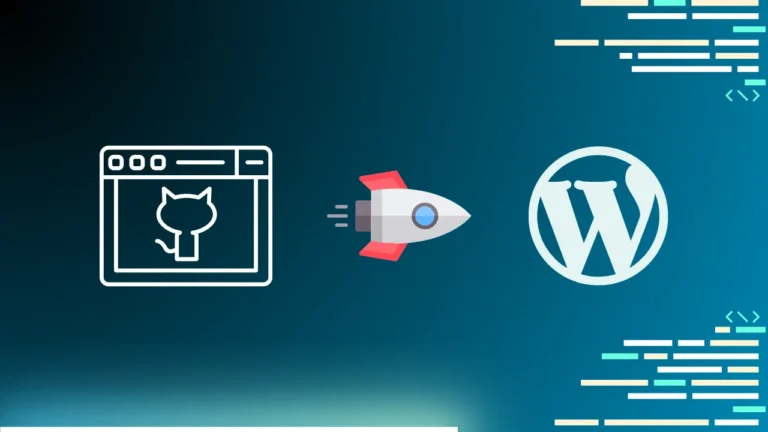7 Powerful Ways to Instantly Boost Your WordPress Site Speed
Is your WordPress site running slower than it should? A slow website can kill user experience, lower your SEO rankings, and crush conversion rates. But here’s the good news: with a few expert tips, you can dramatically improve your site speed today.
In this blog, we’ll break down exactly how to make your WordPress site lightning-fast, backed by proven techniques, practical steps, and expert insights.
Why WordPress Speed Matters More Than Ever
Let’s face it: no one likes waiting for a slow site to load. According to Google, 53% of mobile users abandon a site that takes more than 3 seconds to load. Page speed is a direct ranking factor, and it’s essential for user engagement, SEO, and conversions.
Faster websites don’t just perform better — they convert more, retain visitors longer, and rank higher on search engines.
So, how do you go from sluggish to speedy? Let’s explore the top expert strategies to supercharge your WordPress performance.
1. Choose a Lightweight WordPress Theme
Your theme can make or break your site speed. Many feature-rich themes come bloated with scripts, styles, and page builders that slow everything down.
Expert Tip: Use a lightweight theme like Astra, GeneratePress, or Kadence. These themes are built for speed and compatibility with most popular plugins.
Bonus Tip: Use the theme’s performance settings to disable unused features.
2. Use a Speed-Optimized Hosting Provider
Your hosting is the foundation of your WordPress site’s performance. Cheap shared hosting often leads to high latency and slow load times.
Go for managed WordPress hosting like Kinsta, SiteGround, or WP Engine. They offer faster servers, built-in caching, and better uptime.
Stat to Remember: Sites on premium managed hosting load 2x faster on average than those on shared hosting.
3. Install a Caching Plugin
Caching creates a static version of your site that loads faster for users. It significantly reduces server processing time.
Top caching plugins:
- WP Rocket (paid but powerful)
- W3 Total Cache
- LiteSpeed Cache (best for LiteSpeed servers)
Quick Win: Enable browser caching, GZIP compression, and preload cache for best results.
4. Optimize Your Images the Smart Way
Large image files are among the biggest culprits of slow sites. Always compress and resize your images before uploading.
Use plugins like:
- ShortPixel
- Smush
- Imagify
Pro Tip: Use modern formats like WebP — they’re 25-35% smaller without losing quality.
5. Minify CSS, JavaScript, and HTML
Every byte counts. Minification removes unnecessary code characters (like spaces and line breaks) to reduce file size and speed up load time.
Tools you can use:
- Autoptimize
- Fast Velocity Minify
- WP Rocket (handles this too!)
And remember — fewer plugins mean fewer scripts to load. Audit your plugin list and remove what’s not essential.
6. Use a Content Delivery Network (CDN)
A CDN stores copies of your website across multiple servers globally. It serves content to users from the server closest to them, reducing latency.
Top CDN options:
- Cloudflare (free & reliable)
- BunnyCDN
- StackPath
Did You Know? Sites using CDNs load 30-60% faster, especially for global traffic.
7. Clean Up Your WordPress Database
Your WordPress database collects unnecessary data like post revisions, spam comments, and trashed items. Over time, this bloats the database and slows down queries.
Use WP-Optimize or Advanced Database Cleaner to:
- Remove old revisions
- Delete spam
- Optimize database tables
Set up a weekly cleaning schedule for long-term results.
Frequently Asked Questions
Q: What’s a good page speed score for WordPress?
A: Aim for a Google PageSpeed Insights score of 90+. However, focus more on actual load time — under 2 seconds is ideal.
Q: Does a slow website affect SEO?
A: Absolutely. Google uses page speed as a ranking factor, especially for mobile-first indexing.
Q: How can I test my current speed?
A: Use tools like:
- Google PageSpeed Insights
- Pingdom
- Gtmetrix
These tools show you load time, bottlenecks, and actionable fixes.
Conclusion
Speed isn’t just a feature — it’s a foundation for success. A fast WordPress site keeps users happy, boosts your SEO, and increases your revenue.
With these expert strategies, you can transform your sluggish site into a performance powerhouse.
Remember, every second counts. Take action today, implement these tips, and watch your website fly.

